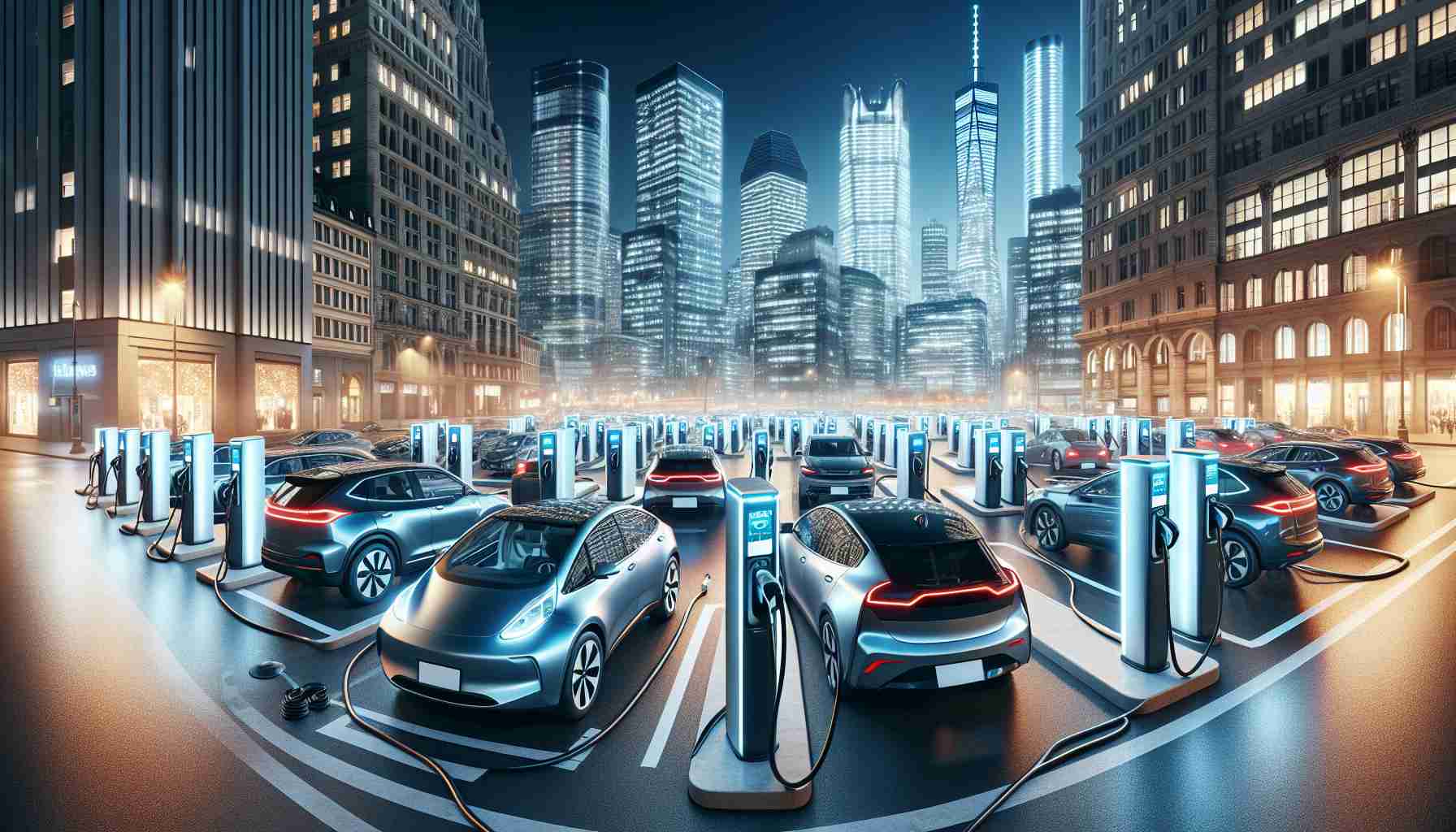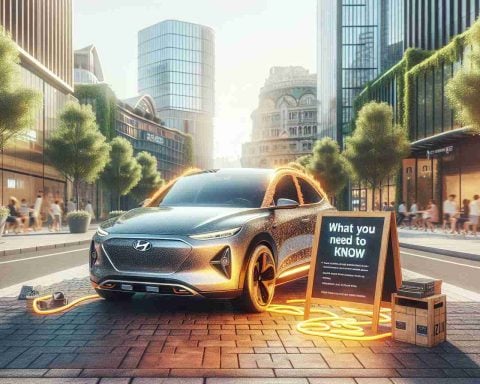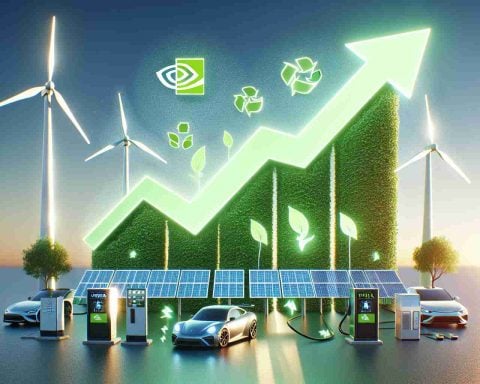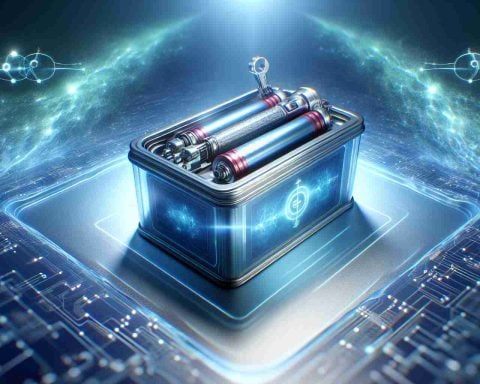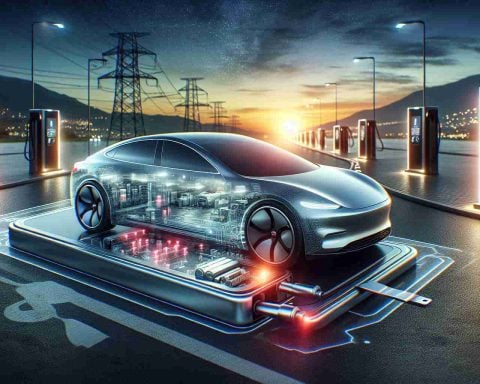- New York City plans a major expansion of EV charging infrastructure, notably in Queens with the Northeast’s largest fast-charging station.
- By 2027, nine strategic locations will host 267 new fast-charging spaces, supported by a $60 million loan from NY Green Bank.
- The stations, including those at LaGuardia and JFK airports, enable 15-minute recharges and operate 24/7.
- By 2030, New York will need 40,000 Level 2 chargers and 6,000 DC fast chargers, a significant increase from past numbers.
- Governor Hochul’s investment aims to alleviate EV driver concerns about charging availability, guiding the city toward a sustainable future.
- The project embodies a commitment to reducing emissions and promoting clean energy in urban transportation.
A transformative wave is about to hit New York City, as a major expansion plan for electric vehicle (EV) charging infrastructure unfolds. Beneath the vast expanse of Maspeth skies, New York’s Queen’s district is set to host the Northeast’s largest fast-charging station—a symbol of the city’s electrifying future.
By 2027, 267 new fast-charging spaces will pepper the urban landscape across nine strategic locations. Funded by a hefty $60 million loan from NY Green Bank, this effort will turbocharge Revel, the city’s foremost public fast-charging provider. Their plan is not merely visionary; it’s three-fold in scale, accelerating the city’s march towards a greener future and sustainable transport.
The new stations—powerful conduits of clean energy—will unfurl their cables at multiple sites, including LaGuardia and JFK airports, each station humming with the ability to recharge vehicles within a brisk 15-minute window. Day or night, these stations promise refuge for weary batteries, staying open around the clock.
This ambitious project comes in response to alarming figures outlined in the city’s Climate and Sustainability Report. By 2030, New York will demand 40,000 Level 2 chargers, a stark contrast to the meager 1,500 available in 2020. Moreover, 6,000 DC fast chargers will be necessary, far outpacing the scant 117 from just a few years prior.
Governor Hochul’s decisive investment will soothe anxieties of EV drivers who hesitate at the thought of scarce charging stations. Each step forward manifests a promise—the promise that the hum of an electric car will soon become the city’s dominant soundtrack, steering New York toward an electrified horizon. With every completed station, the city strengthens its commitment to a cleaner, greener tomorrow, charging ahead into the future.
Unveiling NYC’s Electrifying Future: The Hidden Details of the City’s EV Charging Revolution
Relevant Information Beyond the Article
# How-to: Integrating Electric Vehicle Charging Into Your Lifestyle
Transitioning to an electric vehicle necessitates understanding charging options. Fast-charging stations like those planned in New York aim to replenish EV batteries in roughly 15 minutes, offering convenience akin to traditional fuel stations. Home Level 1 or Level 2 chargers provide a slower but often sufficient and cheaper alternative.
# Pros and Cons of Enhanced EV Infrastructure
Pros:
– Environmental Benefit: Reduction in greenhouse gas emissions.
– Convenience: More charging stations reduce range anxiety.
– Economic Growth: Job creation in clean energy sectors.
Cons:
– Infrastructure Cost: The initial investment is substantial.
– Electric Grid Strain: Increased demand could challenge the grid capacity.
– Limited EV Options: Consumer options for EVs are still growing.
# Market Forecasts and Trends
The EV market is projected to experience robust growth, driven by policy incentives and consumer shift toward sustainable options. By 2030, EVs could comprise up to 20% of global vehicle sales, as cities like New York provide critical charging infrastructure support.
# Features and Use Cases
These robust charging stations cater to both daily commuters and long-distance travelers. Conveniently located near airports and major thoroughfares, they aim to support both consumer EVs and potential electric taxis or ride-sharing vehicles.
# Limitations and Challenges
Challenges include maintaining the infrastructure, ensuring EV compatibility with varying charger types, and integrating renewable energy sources to keep charging truly green.
# Pricing and Economic Implications
While specifics on costs to consumers at these stations remain undefined, usage fees could parallel or even undercut traditional fuel costs due to operational efficiencies and incentives.
# Innovations and Trends in EV Charging
New York’s push aligns with emerging trends favoring rapid charging and wireless technology, which might eventually allow for seamless, contactless vehicle charging.
# Security and Sustainability Aspects
Enhanced cybersecurity measures are pivotal to protect smart grids and customer data. Sustainability also goes beyond clean cars—ensuring the infrastructure’s environmental impact is minimized remains a priority.
# Predictions for New York’s Electrified Future
By 2030, it is plausible that New York could lead U.S. cities in EV adoption, setting benchmarks in technology, policy, and urban planning.
Important Related Questions Addressed
– Will this expansion make EVs more affordable?
The presence of accessible charging infrastructure will likely boost EV adoption, potentially reducing costs through economies of scale and competition.
– How will this affect New York’s climate goals?
It strongly contributes towards reducing emissions, a critical aspect of the city’s sustainability objectives.
– What are the expected impacts on local businesses and communities?
Local economies might witness growth from increased traffic to areas hosting charging hubs, promoting commerce and green job growth.
Suggested Links for Further Reading
– Department of Energy
– NYC Gov
– Revel
These resources provide comprehensive information on energy initiatives, local government plans, and company-specific insights into EV infrastructure initiatives.

